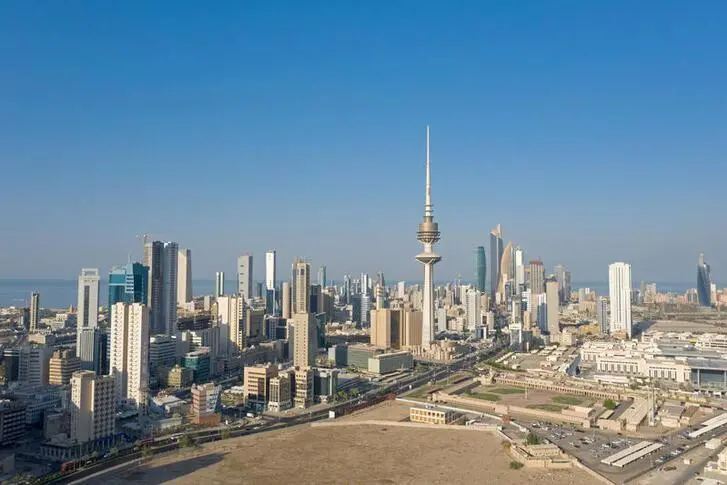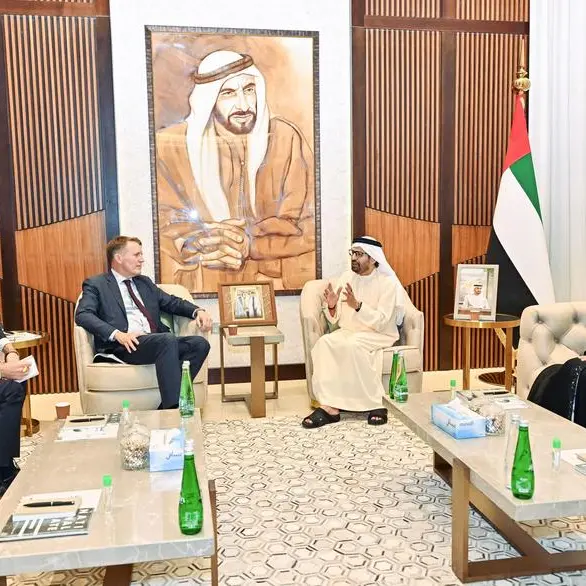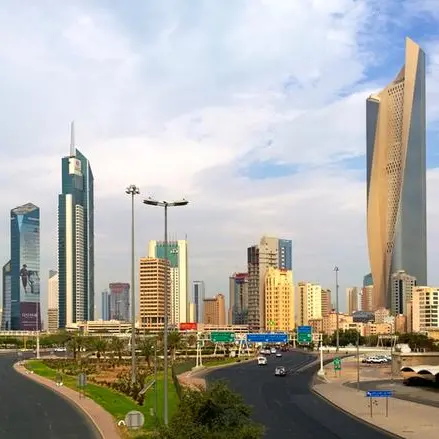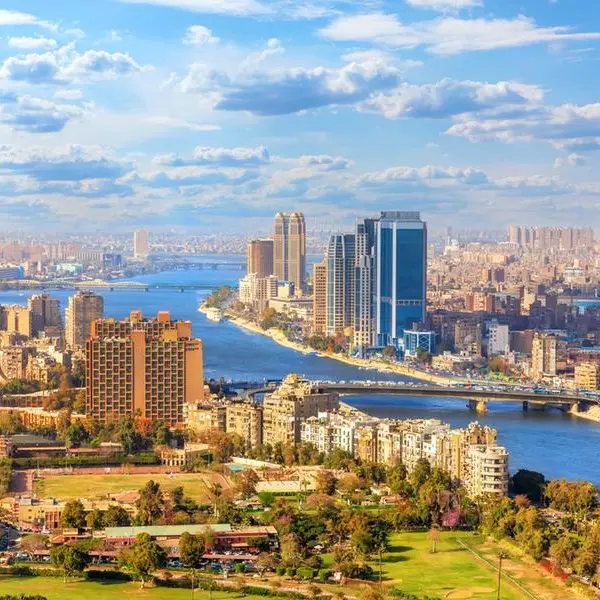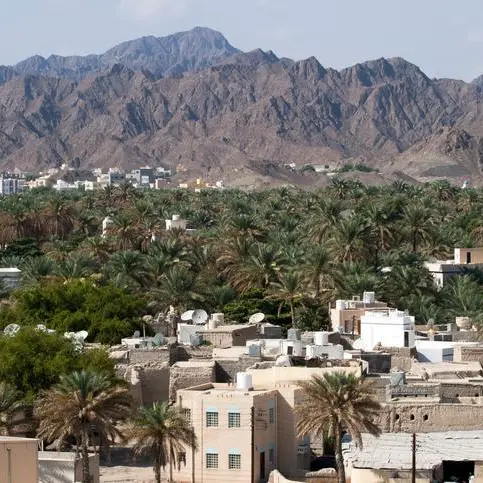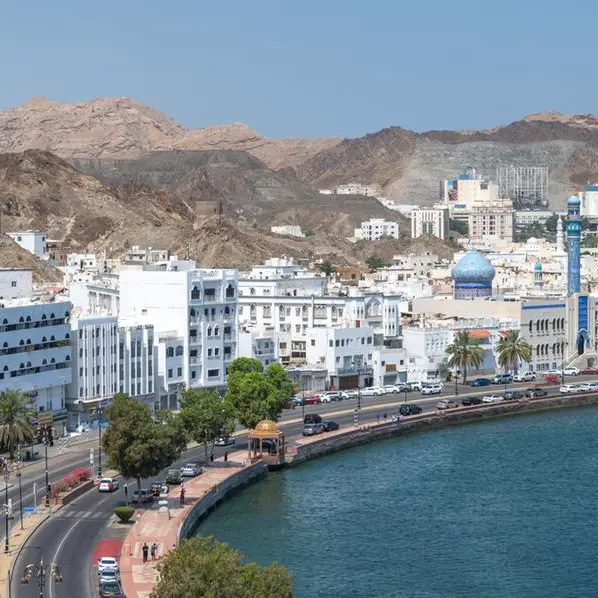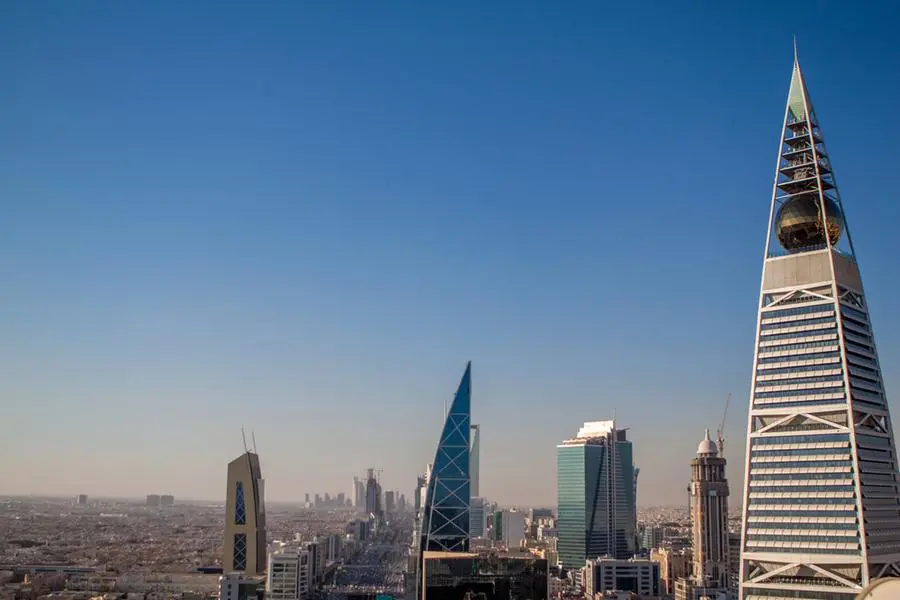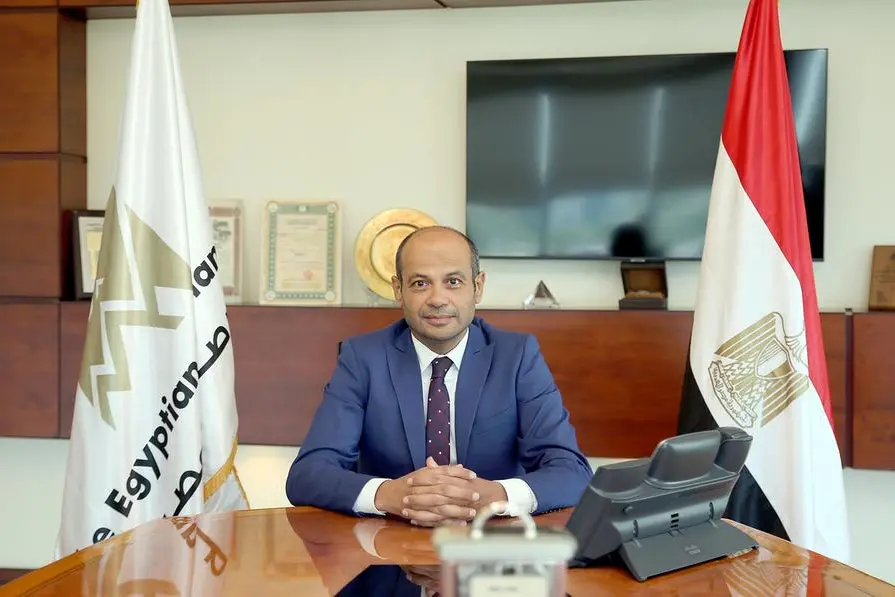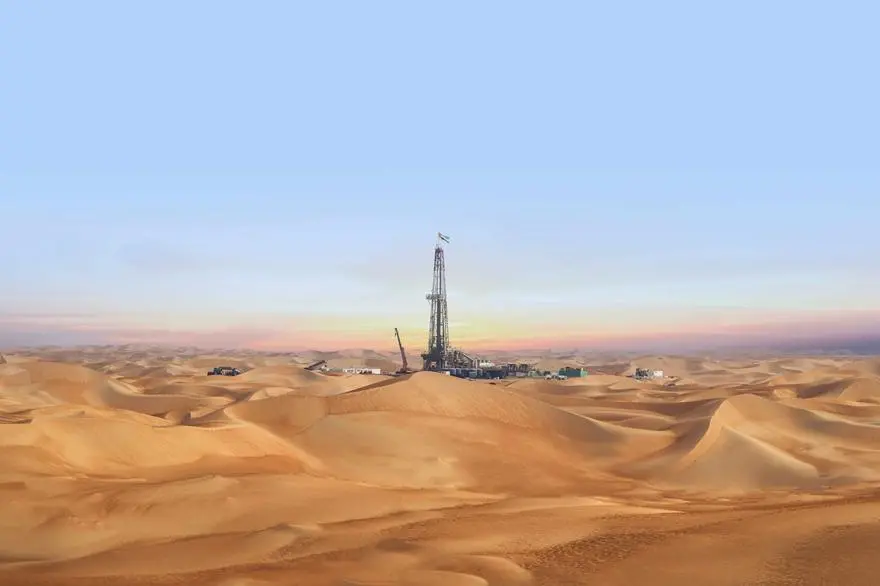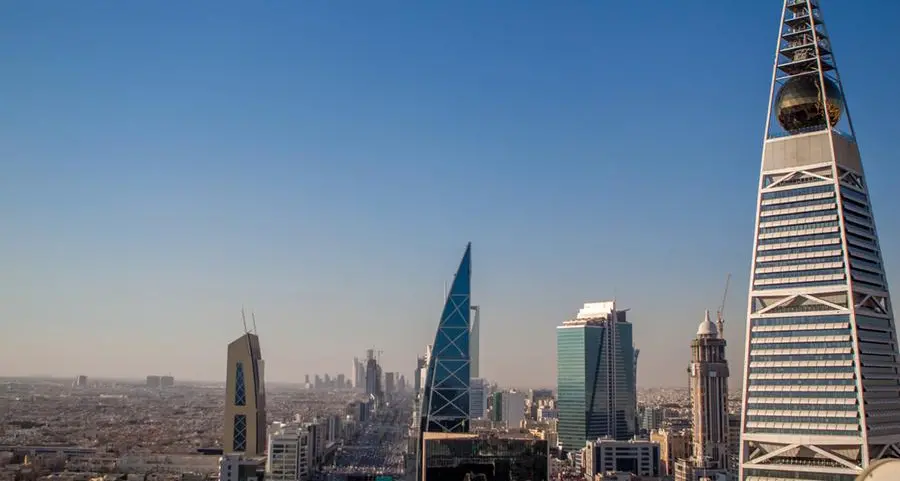PHOTO
An aerial view taken with a drone shows Kuwait Telecommunication Tower and the surrounding in Kuwait City, Kuwait City, Kuwait October 7, 2020. Image for illustrative purpose.
Moody’s Investors Service (“Moody’s”) affirmed the Government of Kuwait’s long-term local and foreign currency issuer ratings at A1. The outlook remains stable.
The decision to affirm the ratings is underpinned by Moody’s assessment that Kuwait’s balance sheet and fiscal buffers will remain strong for the foreseeable future, which preserve macroeconomic and external stability and anchor the credit profile. Balanced against this key credit strength is the persistently challenging political environment that limits the prospects for reforms that would reduce the vulnerability of the economy and government finances to long-term carbon transition risks.
The stable outlook reflects balanced risks to the ratings. Effective implementation of measures to reduce the government’s exposure to oil revenue and diversify the economy, which Moody’s does not currently factor into its baseline assumptions for at least the next two years, may raise the resilience of Kuwait’s credit profile to oil price fluctuations. By contrast, accelerating global momentum towards carbon transition that lowers the demand for and price of oil, in the absence of reforms including the passage of legislation to expand the government’s financing options, may reintroduce liquidity risks and weigh on the credit profile longer term. Kuwait’s local and foreign currency country ceilings remain unchanged at Aa2.
The narrower-than-average two-notch gap between the local currency ceiling and the sovereign rating reflects the country’s stable balance of payments through episodes of oil price volatility, against the economy’s exposure to a key revenue source and a challenging domestic political environment that constrains reform and diversification prospects. The zero-notch gap between the foreign currency ceiling and local currency ceiling reflects very low transfer and convertibility risks, given the country’s very large net external creditor position that includes ample foreign exchange reserves held by the central bank.
Ratings
Rationale Kuwait’s balance sheet and fiscal buffers will remain strong for the foreseeable future Kuwait’s credit profile is supported by its large sovereign wealth buffers and very low debt level, and Moody’s expects the government’s balance sheet to remain extraordinarily strong for the foreseeable future. Furthermore, in the current environment of high oil prices and rising production agreed by the Organisation of the Petroleum Exporting Countries (OPEC) with some other major oil exporting countries, Moody’s expects the government to reaccumulate liquid assets in its General Reserve Fund (GRF), which will eliminate liquidity risk – even if self-imposed – for at least the next two to three years.
Moody’s estimates that liquid sovereign wealth fund (SWF) assets managed by Kuwait Investment Authority (KIA) far exceeded the size of its GDP at the end of 2021 and dwarfs the government’s debt of just below 6% of GDP at the end of fiscal 2021 (year ending March 2022). The size of Kuwait’s SWF assets as a share of GDP is one of the three largest globally, together with Norway and Abu Dhabi. With the sharp increase in oil prices this year driven by the Russia-Ukraine military conflict, coupled with higher oil production under the OPEC+ agreement, Moody’s expects Kuwait’s stock of SWF assets to grow over the next two years. This is driven by Moody’s forecast that Kuwait will run a fiscal surplus of 7-8% of GDP in fiscal 2022 and around 2-3% of GDP in fiscal 2023, based on the rating agency’s oil price assumptions of $105 and $95 per barrel on average in 2022 and 2023, respectively.
Moreover, with very limited amounts of debt to repay and no requirement to transfer surpluses to the Future Generations Fund (FGF, which is at the discretion of the finance minister after the change in law in September 2020), Moody’s expects the surpluses to be accumulated in GRF as liquid buffers. The reaccumulation of assets after seven consecutive years of drawdown because of fiscal deficits will bolster Kuwait’s credit profile and eliminate the need for government financing and any associated liquidity risk while the fiscal balance is in surplus.
While these needs will return from fiscal 2024 onwards, when, based on Moody’s oil price assumptions, Kuwait will again run fiscal deficits, the near-term period of high oil prices provides time to the government to take some measures that would allow it to finance its deficits. Meanwhile, the large proportion of SWF assets invested in liquid, foreign currency assets help preserve macroeconomic and external stability. Moody’s estimates that Kuwait runs a very large net international investment position because of FGF and foreign exchange reserves are ample.
Kuwait’s very sizeable stock of foreign assets significantly lower external vulnerability risk by supporting the credibility of the currency peg and deterring speculation against the Kuwaiti dinar, even during periods of low oil prices. In turn, the monetary policy regime – which relies on the central bank’s exchange rate peg against a basket of currencies including the US dollar as the main policy tool – has been effective in maintaining price stability and limiting inflation volatility. In terms of fiscal policy, the buffers – to the extent that they can be used – also help limit procyclical fiscal policies especially when oil prices are low, allowing the government to continue supporting the economy. For example, over 2020-21, despite the prospect of low prices, Kuwait kept government expenditure relatively unchanged in nominal terms, which supported the economy. Nonperforming loan levels in the banking system have remained low even after the expiry of the loan deferral programme launched by the central bank during the coronavirus pandemic.
Persistent challenges
At the same time, Kuwait’s very high exposure to developments in the oil sector weighs on the resilience of its credit profile because of the long-term transition away from hydrocarbons. Moreover, compared to many hydrocarbon producing peers that are making progress in fiscal and economic diversification away from reliance on hydrocarbons, prospects for reforms and diversification will remain weak in Kuwait, hampered by the country’s political climate. In Kuwait, oil revenue accounts for around 90% of government revenue while hydrocarbon exports make up around 80% of total exports; the contribution of the hydrocarbon sector is among the largest across sovereigns that Moody’s rates. Although the government has sought to introduce fiscal reforms, it has yet to implement any nonoil revenue measure since the oil price shock in 2015, unlike other countries in the Gulf Cooperation Council (GCC).
© 2022 Arab Times Kuwait English Daily. All Rights Reserved. Provided by SyndiGate Media Inc. (Syndigate.info).
